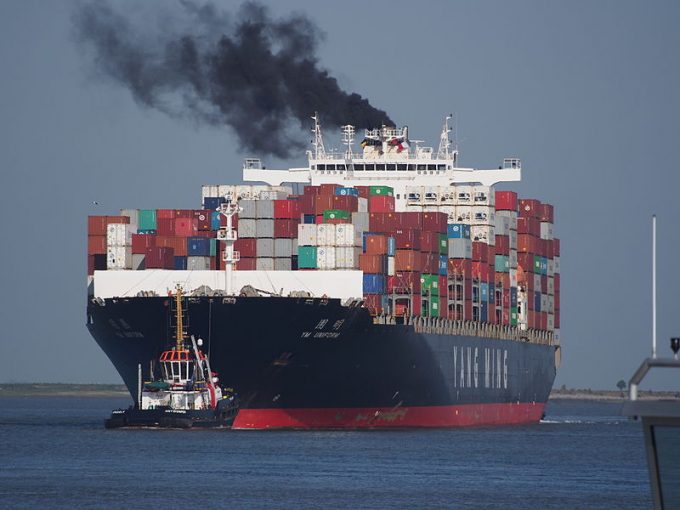USTR fee could price Chinese carriers out of US trades
The October implementation of the US Trade Representative port fees will mean a “forced concentration” ...

With the entry of the EU’s Emissions Trading System (ETS) into law just over a month away, shipping interests are increasingly grappling with how to apply ’the polluter pays’ principle.
At a conference in London yesterday, organised by maritime emissions data platform OceanScore, its MD, Albrecht Grell, said there were still a number of questions over “the polluter pays” aspect of the EU ETS that ship owners and operators need resolved.
The questions mainly focus on EU Allowances (EUAs), a type ...
Maersk u-turn as port congestion increases across Northern Europe
Apple logistics chief Gal Dayan quits to join forwarding group
Maersk Air Cargo sees volumes fall as it aims for 'margin in favour of revenue'
Airlines slash freighter capacity post-de minimis, but 'the worst is yet to come'
Houthis tell Trump they will end attacks on Red Sea shipping
Transpac rates hold firm as capacity is diverted to Asia-Europe lanes
MSC revamps east-west network as alliance strategies on blanking vary
India-Pakistan 'tit-for-tat' cargo ban sparks sudden supply chain shocks

Comment on this article
Matthew Gore
November 24, 2023 at 1:08 amhttps://www.hfw.com/EU-Emissions-Trading-System-Evaluating-the-potential-impact-on-shippers-and-freight-forwarders-Nov-2023